10 Things You Didn’t Know About Cats’ Whiskers
Cats have long been revered for their grace, agility, and mysterious demeanor, but one of their most fascinating features often goes unnoticed: their whiskers. These delicate, tactile hairs, scientifically known as vibrissae, are not just ornamental; they are sophisticated sensory tools that play a crucial role in a cat's interaction with the world. From navigating their environment to communicating with other cats, whiskers are integral to a feline's daily life. As we journey through these 10 secrets of feline feelers, we will uncover how these specialized hairs contribute to a cat's survival, communication, and overall well-being.
1. The Anatomy of Whiskers
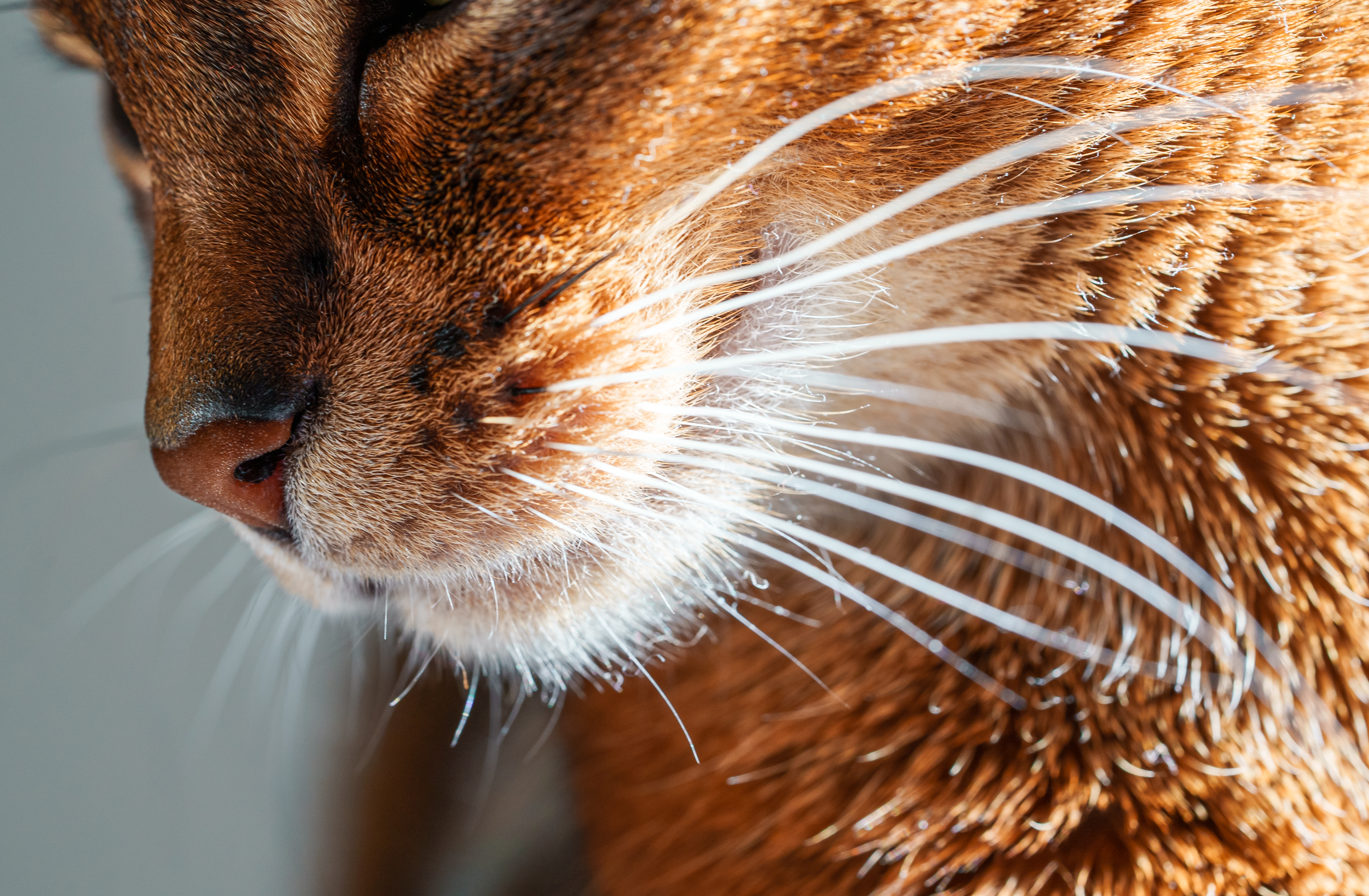
Whiskers are not just ordinary hairs; they are specialized structures that are deeply embedded in the cat's skin. Each whisker is rooted in a follicle that is three times deeper than that of regular fur, surrounded by a rich supply of nerves and blood vessels. This anatomical complexity allows whiskers to be incredibly sensitive to touch and vibration. The base of each whisker is connected to a muscle that enables cats to move them independently, enhancing their ability to detect subtle changes in their environment. This intricate design highlights the evolutionary significance of whiskers as essential sensory tools.
The length and arrangement of whiskers vary among different cat breeds, but they all serve the same fundamental purpose: to function as a sophisticated sensory system. Whiskers are typically arranged in four rows on each side of a cat's muzzle, with additional whiskers above the eyes, on the chin, and on the back of the forelegs. This strategic placement allows cats to gather information from multiple angles, ensuring they have a comprehensive understanding of their surroundings. Understanding the anatomy of whiskers provides a foundation for appreciating their multifaceted roles in a cat's life, from hunting and navigation to communication and emotional expression.
2. Whiskers as Sensory Organs
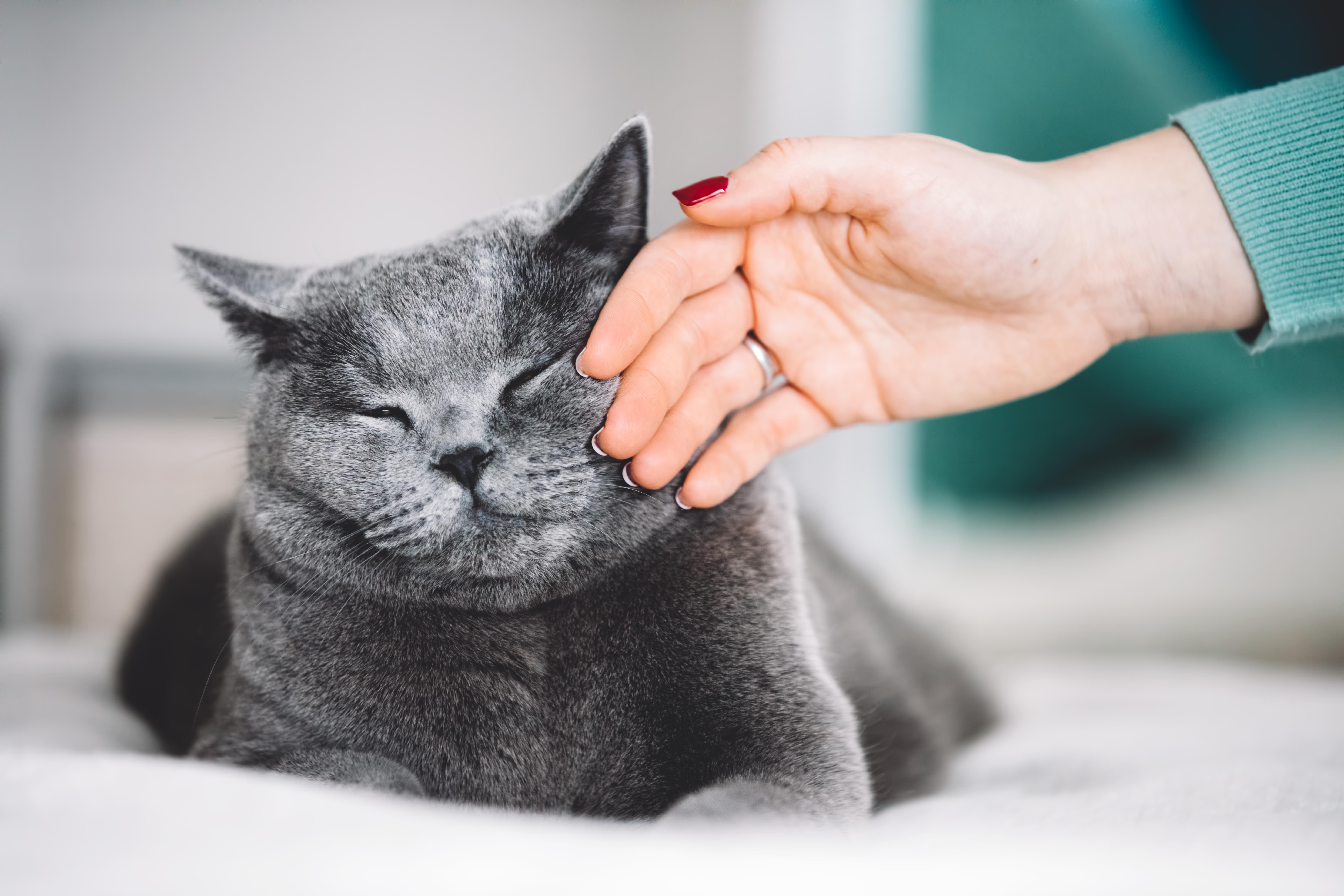
Whiskers are often referred to as a cat's "sixth sense" due to their ability to detect even the slightest changes in the environment. Each whisker is equipped with a proprioceptor at its base, a specialized sensory receptor that sends signals to the brain about the position and movement of the whiskers. This allows cats to sense nearby objects and navigate their surroundings with precision, even in low-light conditions. The sensitivity of whiskers is so acute that they can detect minute air currents, helping cats to sense approaching predators or prey.
In addition to detecting physical objects, whiskers play a crucial role in spatial awareness. When a cat approaches a narrow space, it uses its whiskers to determine if it can fit through without getting stuck. This is because the length of a cat's whiskers is roughly equal to the width of its body, providing a natural measuring tool. This remarkable sensory ability is vital for a cat's survival, allowing it to hunt effectively and avoid potential dangers. By understanding the sensory capabilities of whiskers, we gain insight into how cats perceive and interact with their environment, enhancing our appreciation for these enigmatic creatures.
3. The Role of Whiskers in Communication
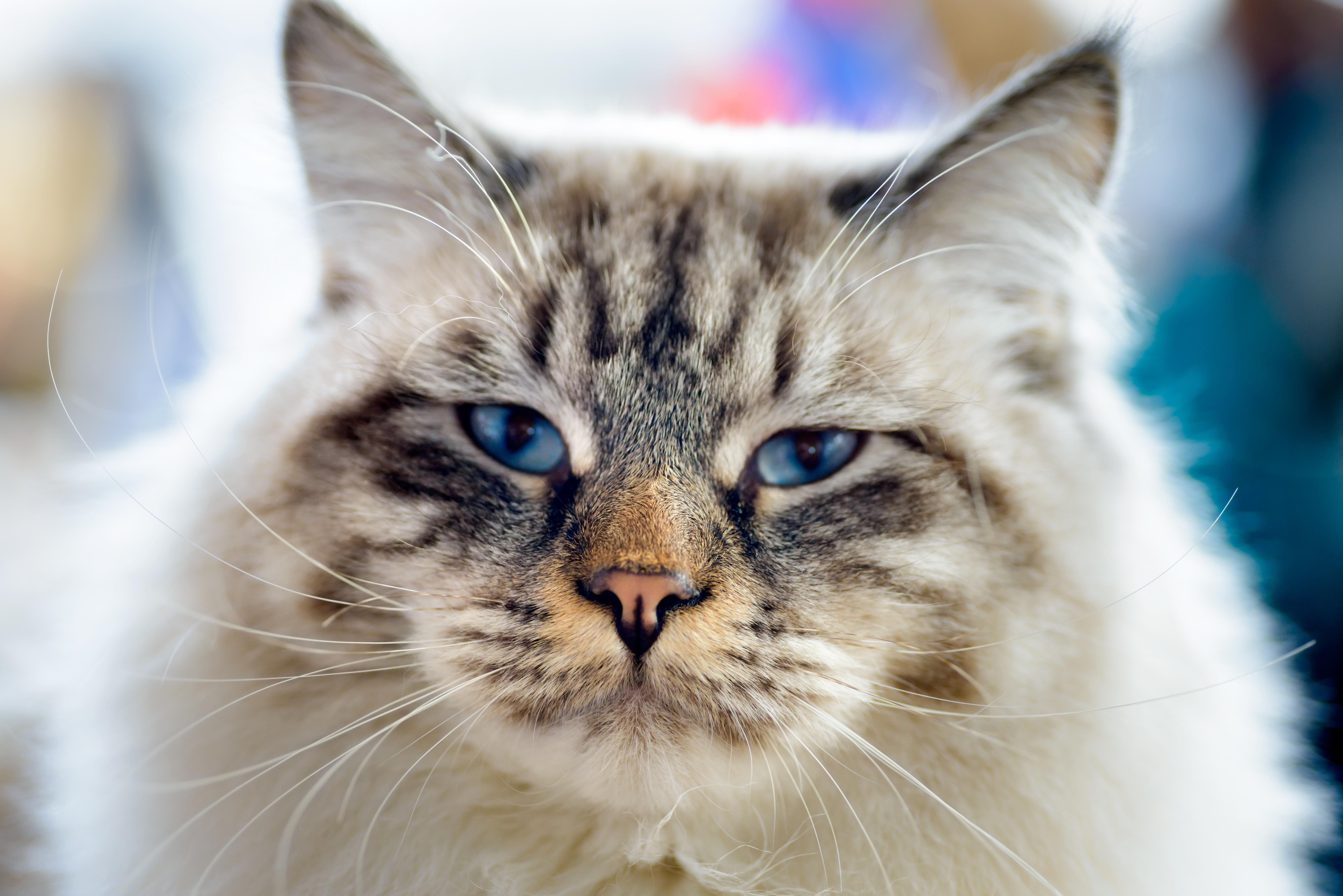
Beyond their sensory functions, whiskers also play a significant role in feline communication. The position and movement of a cat's whiskers can convey a range of emotions and intentions. For example, when a cat is curious or interested in something, its whiskers will be pushed forward, indicating engagement with its surroundings. Conversely, when a cat feels threatened or agitated, its whiskers will be pulled back against its face, signaling discomfort or aggression. This subtle form of communication allows cats to express themselves without vocalizing, providing valuable cues to other cats and humans.
Whiskers also play a role in social interactions among cats. During a friendly encounter, cats may touch noses and whiskers as a form of greeting, exchanging information about each other's scent and mood. This tactile communication is an essential part of feline social behavior, helping to establish bonds and hierarchies within a group. By observing the position and movement of a cat's whiskers, we can gain insights into its emotional state and intentions, allowing us to better understand and respond to our feline companions. This understanding enhances our ability to communicate with cats, fostering stronger relationships built on mutual respect and empathy.
4. Whiskers and Hunting
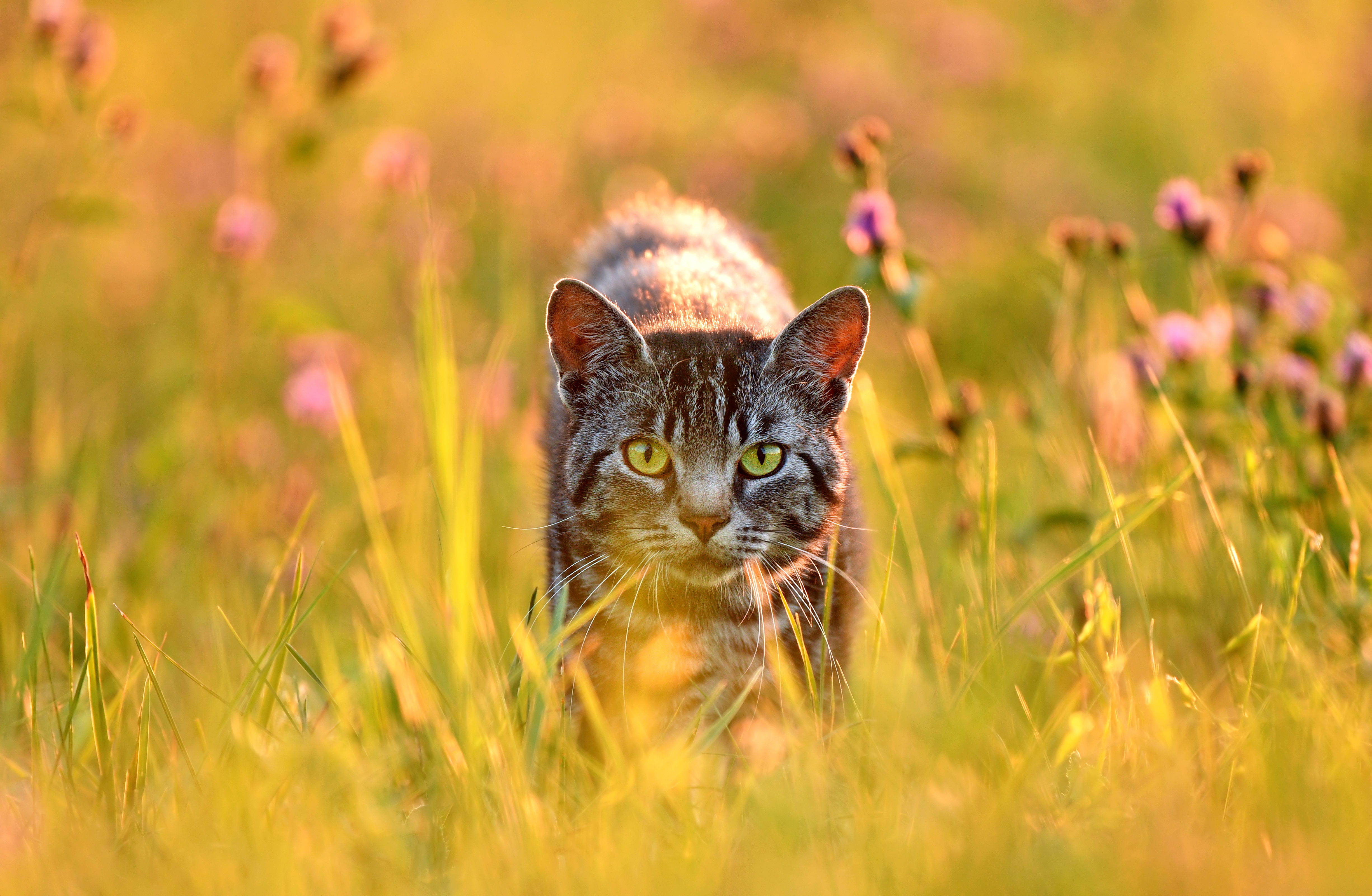
Whiskers are indispensable tools for hunting, providing cats with the sensory information they need to stalk and capture prey effectively. During a hunt, a cat's whiskers are in constant motion, detecting changes in air currents and vibrations caused by the movement of potential prey. This allows cats to pinpoint the location of their target with remarkable accuracy, even in complete darkness. The sensitivity of whiskers enables cats to detect the slightest movements, giving them a significant advantage when hunting small, fast-moving animals.
Once a cat captures its prey, whiskers continue to play a crucial role. The tactile feedback from whiskers helps cats determine the best way to position their jaws for a swift and precise kill. This ability is particularly important for wild cats, who rely on hunting for survival. The intricate coordination between whiskers and other sensory systems highlights the evolutionary adaptations that have made cats such successful predators. By understanding the role of whiskers in hunting, we gain a deeper appreciation for the skills and instincts that define feline behavior, both in the wild and at home.
5. Whiskers in Navigation
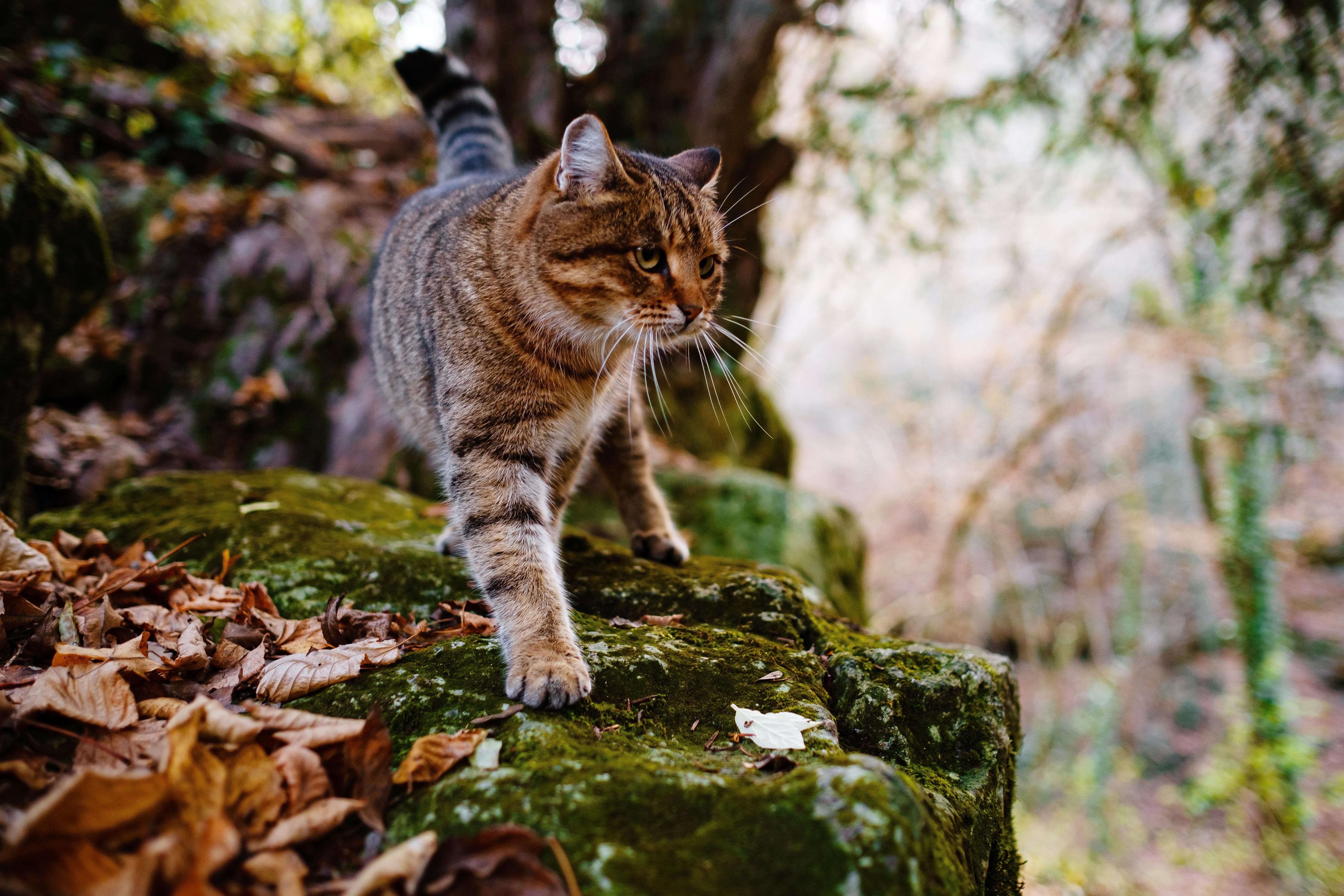
Cats are known for their agility and ability to navigate complex environments with ease, and whiskers play a vital role in this process. Whether climbing trees, exploring tight spaces, or balancing on narrow ledges, cats rely on their whiskers to provide critical sensory feedback. The proprioceptors at the base of each whisker send signals to the brain about the position and movement of the whiskers, helping cats maintain balance and spatial awareness. This allows them to move confidently and gracefully, even in challenging conditions.
Whiskers also help cats navigate in the dark, a skill that is essential for nocturnal hunters. The sensitivity of whiskers to air currents and vibrations allows cats to detect obstacles and changes in their environment, enabling them to move silently and stealthily. This ability to navigate with precision is a testament to the remarkable adaptability of cats, allowing them to thrive in a wide range of habitats. By understanding the role of whiskers in navigation, we gain insight into the physical and sensory capabilities that make cats such extraordinary creatures.
6. Emotional Expression Through Whiskers
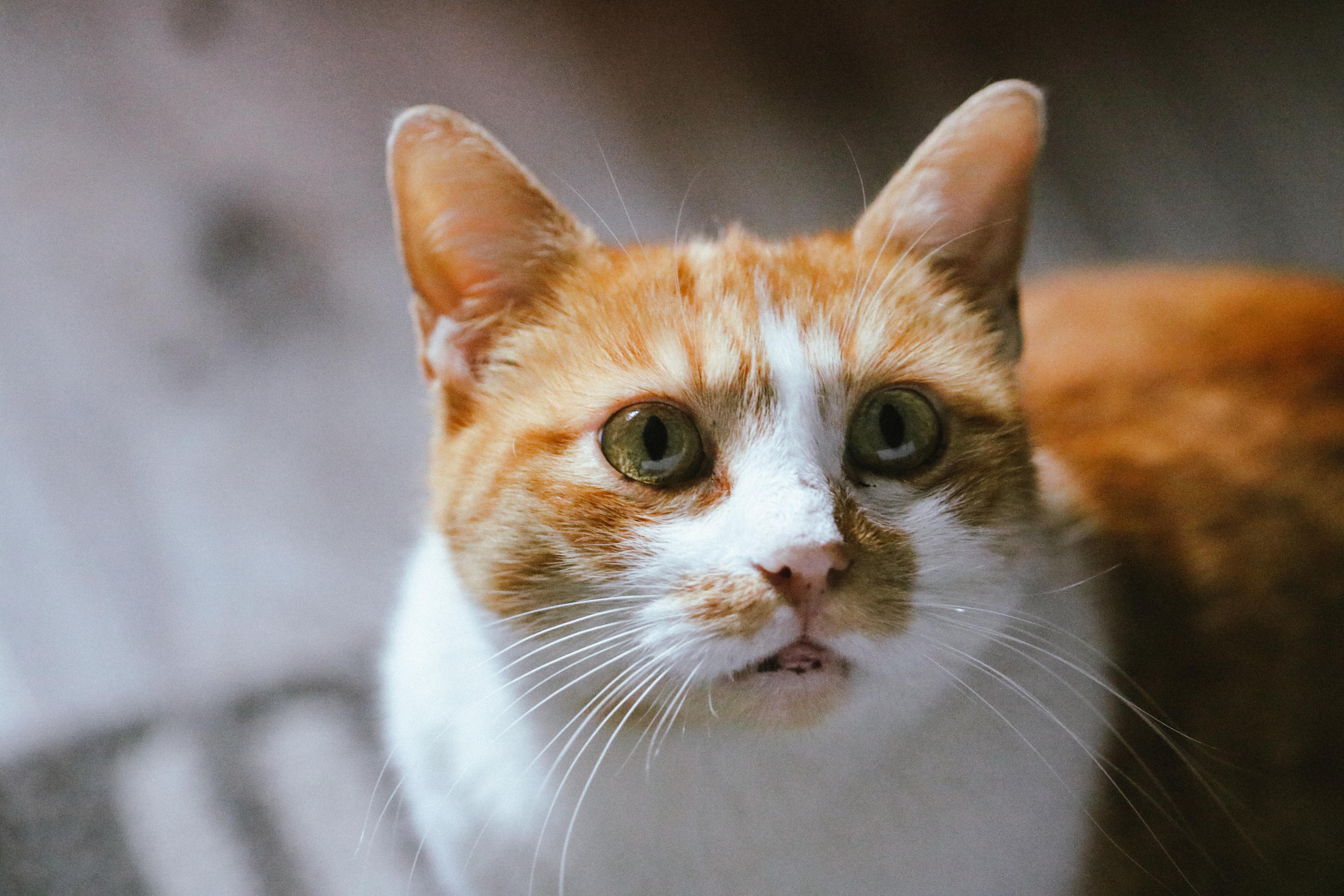
Whiskers are not only tools for sensing the physical world but also for expressing emotions. A cat's whiskers can provide valuable insights into its emotional state, offering clues about its mood and intentions. When a cat is relaxed and content, its whiskers will be in a neutral position, slightly extended from the face. However, when a cat is curious or excited, its whiskers will be pushed forward, indicating interest and engagement with its surroundings.
Conversely, when a cat feels threatened or anxious, its whiskers will be pulled back against its face, signaling discomfort or aggression. This subtle form of emotional expression allows cats to communicate their feelings without vocalizing, providing valuable cues to other cats and humans. By observing the position and movement of a cat's whiskers, we can gain a deeper understanding of its emotional world, allowing us to respond appropriately and build stronger bonds with our feline companions. This understanding enhances our ability to communicate with cats, fostering relationships built on mutual respect and empathy.
7. Whisker Fatigue: A Modern Concern

In recent years, the concept of "whisker fatigue" has gained attention among cat owners and veterinarians. Whisker fatigue occurs when a cat's whiskers are overstimulated, often due to repetitive contact with objects such as narrow food bowls or constant sensory input from a bustling environment. This overstimulation can lead to stress and discomfort, causing a cat to become irritable or avoid certain activities, such as eating or exploring.
To prevent whisker fatigue, it is important to provide cats with an environment that minimizes unnecessary whisker stimulation. This can include using wide, shallow food bowls that allow cats to eat without their whiskers touching the sides, as well as creating a calm and quiet living space. By understanding the concept of whisker fatigue, cat owners can take proactive steps to ensure their pets' comfort and well-being, enhancing their overall quality of life. This awareness underscores the importance of considering the sensory needs of cats in our care, fostering a deeper understanding of their unique physiology and behavior.
8. The Evolutionary Significance of Whiskers
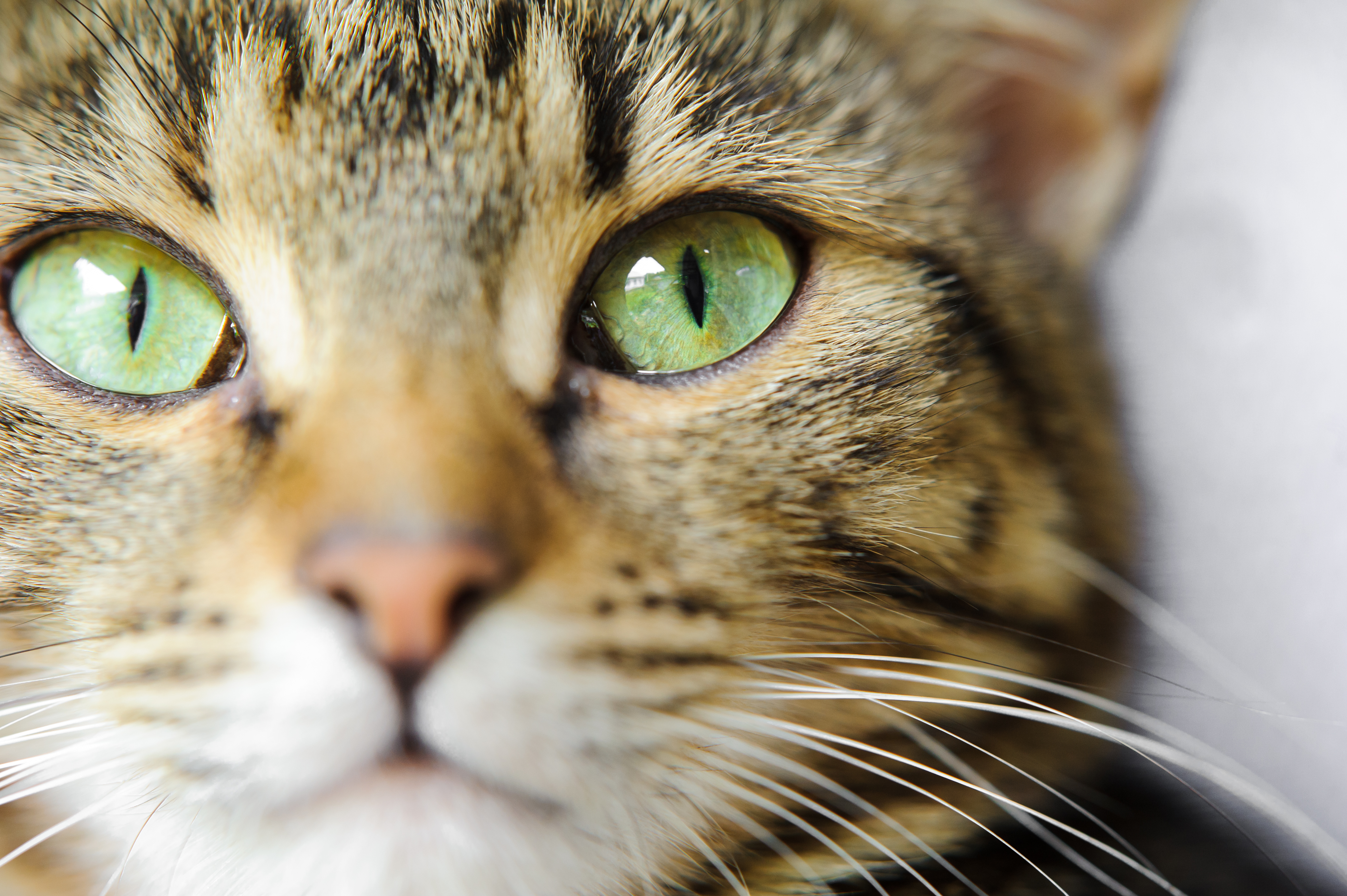
Whiskers are a remarkable example of evolutionary adaptation, providing cats with the sensory tools they need to survive and thrive in diverse environments. Over millions of years, whiskers have evolved to become highly specialized sensory organs, enabling cats to detect changes in their surroundings with precision and accuracy. This evolutionary process has been driven by the need for cats to hunt effectively, navigate complex terrains, and communicate with other members of their species.
The evolutionary significance of whiskers is evident in their widespread presence among felids, from domestic cats to wild species such as lions and tigers. Despite differences in size and habitat, all cats share the same fundamental whisker structure, highlighting the critical role these sensory organs play in feline survival. By understanding the evolutionary history of whiskers, we gain insight into the remarkable adaptability of cats, allowing us to appreciate the complex interplay between biology and behavior that defines these enigmatic creatures.
9. Whiskers in Different Cat Breeds
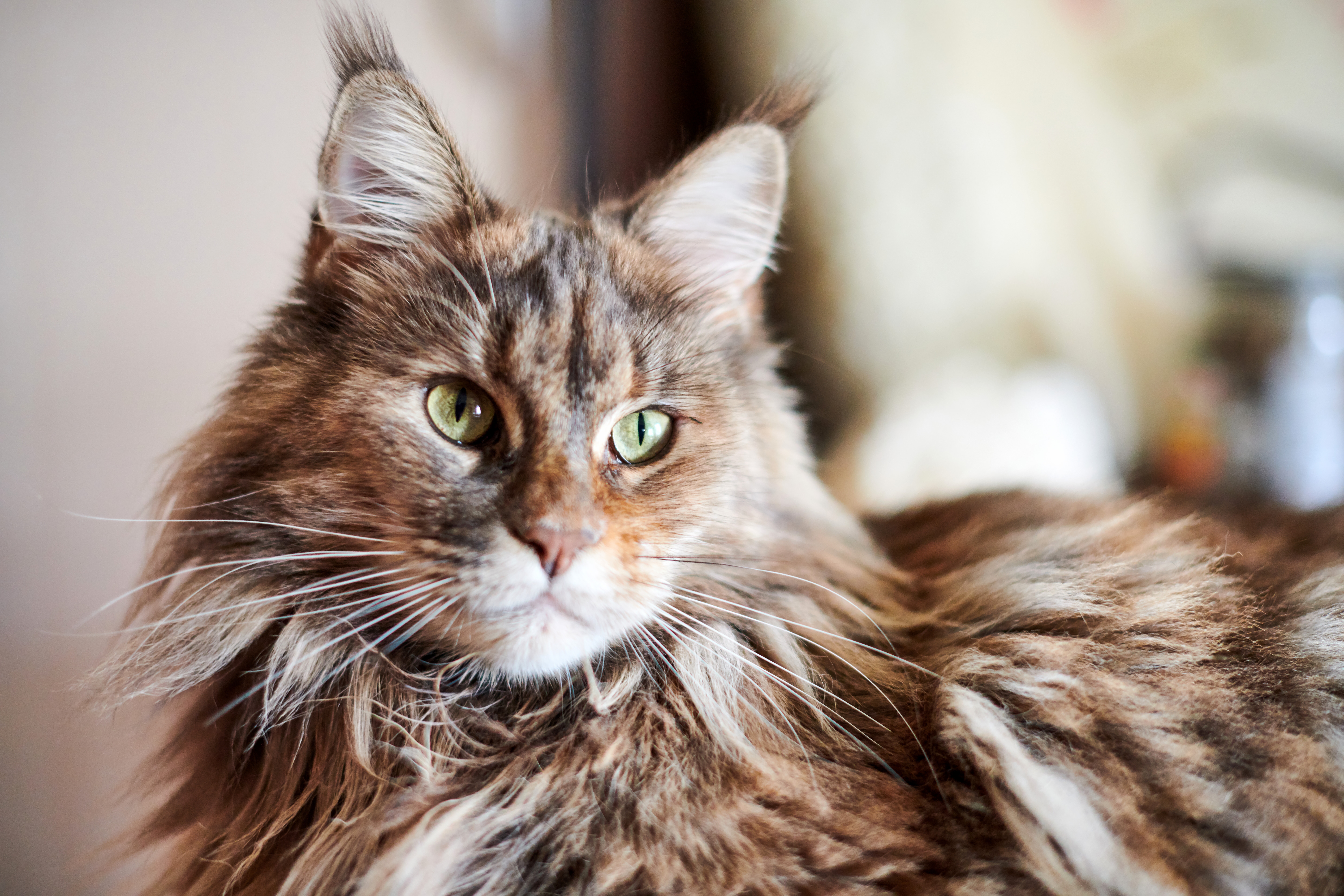
While all cats possess whiskers, there are notable variations in their length, thickness, and arrangement among different breeds. For example, the Maine Coon, known for its large size and robust build, often has longer and thicker whiskers than smaller breeds like the Siamese. These differences are not merely cosmetic; they reflect adaptations to specific environments and lifestyles. Longer whiskers may provide enhanced sensory input, aiding in navigation and hunting in dense forests or snowy landscapes.
In contrast, breeds with shorter whiskers, such as the Scottish Fold, may rely more on other sensory systems to compensate for reduced tactile feedback. Understanding the diversity of whiskers among cat breeds offers insights into the ways in which these animals have adapted to their environments, highlighting the intricate relationship between form and function. This exploration of breed-specific whisker characteristics deepens our appreciation for the diversity and adaptability of the feline family, showcasing the unique traits that make each breed special.
10. Whiskers and Human Interaction
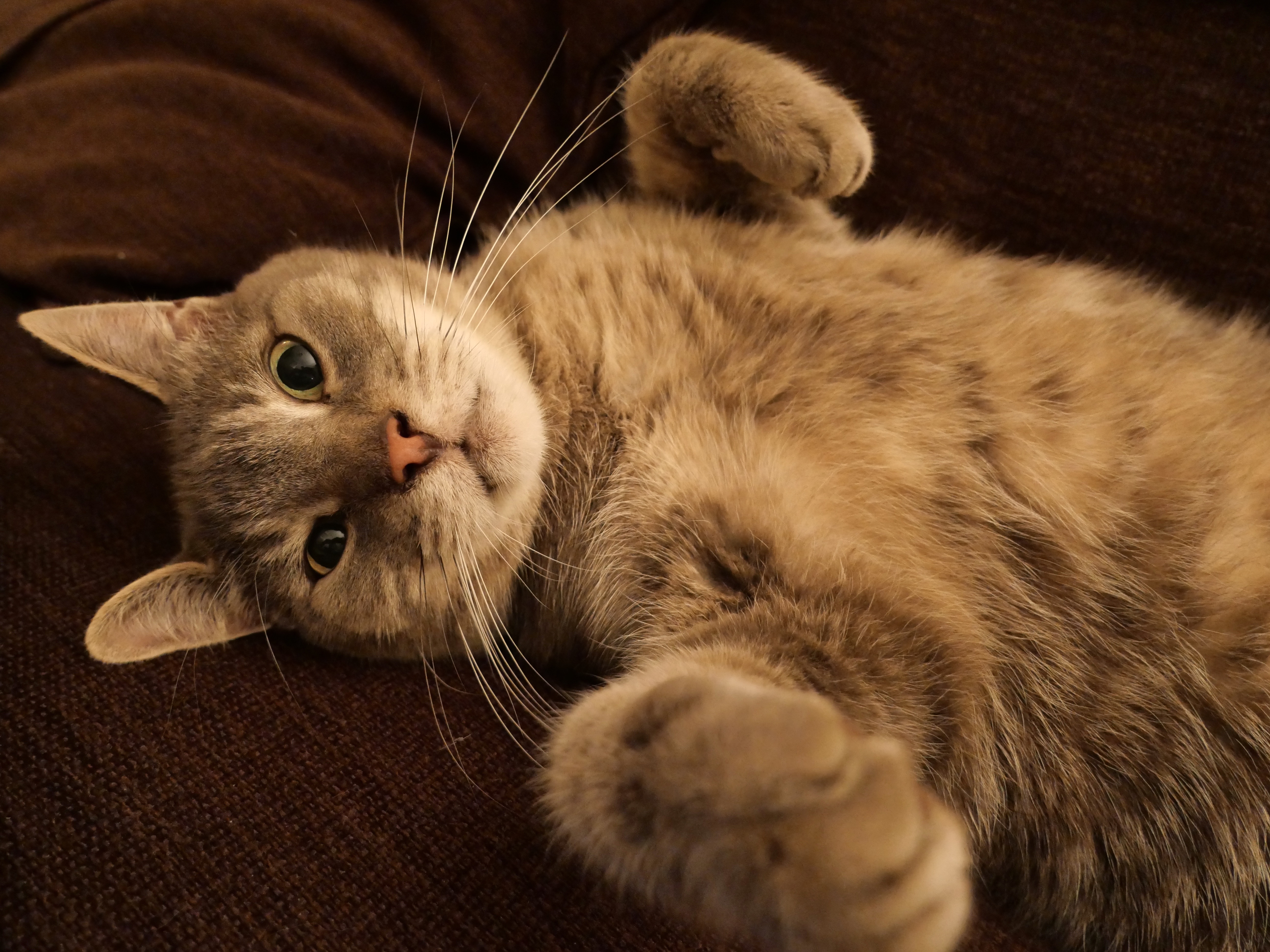
Whiskers play a significant role in shaping the interactions between cats and humans. As sensitive and expressive features, whiskers provide valuable insights into a cat's emotional state, helping humans interpret feline behavior and respond appropriately. By observing the position and movement of a cat's whiskers, we can gain a deeper understanding of its mood and intentions, allowing us to communicate more effectively and build stronger bonds with our pets.
In addition to facilitating communication, whiskers also contribute to the sensory experience of petting and grooming. Cats often enjoy having their whiskers gently stroked, as this can be a soothing and pleasurable experience. However, it is important to be mindful of a cat's comfort level, as overstimulation of the whiskers can lead to stress and discomfort. By respecting the sensory needs of cats and understanding the role of whiskers in human-feline interactions, we can create a more harmonious and enriching relationship with our feline companions.
The Marvels of Feline Whiskers
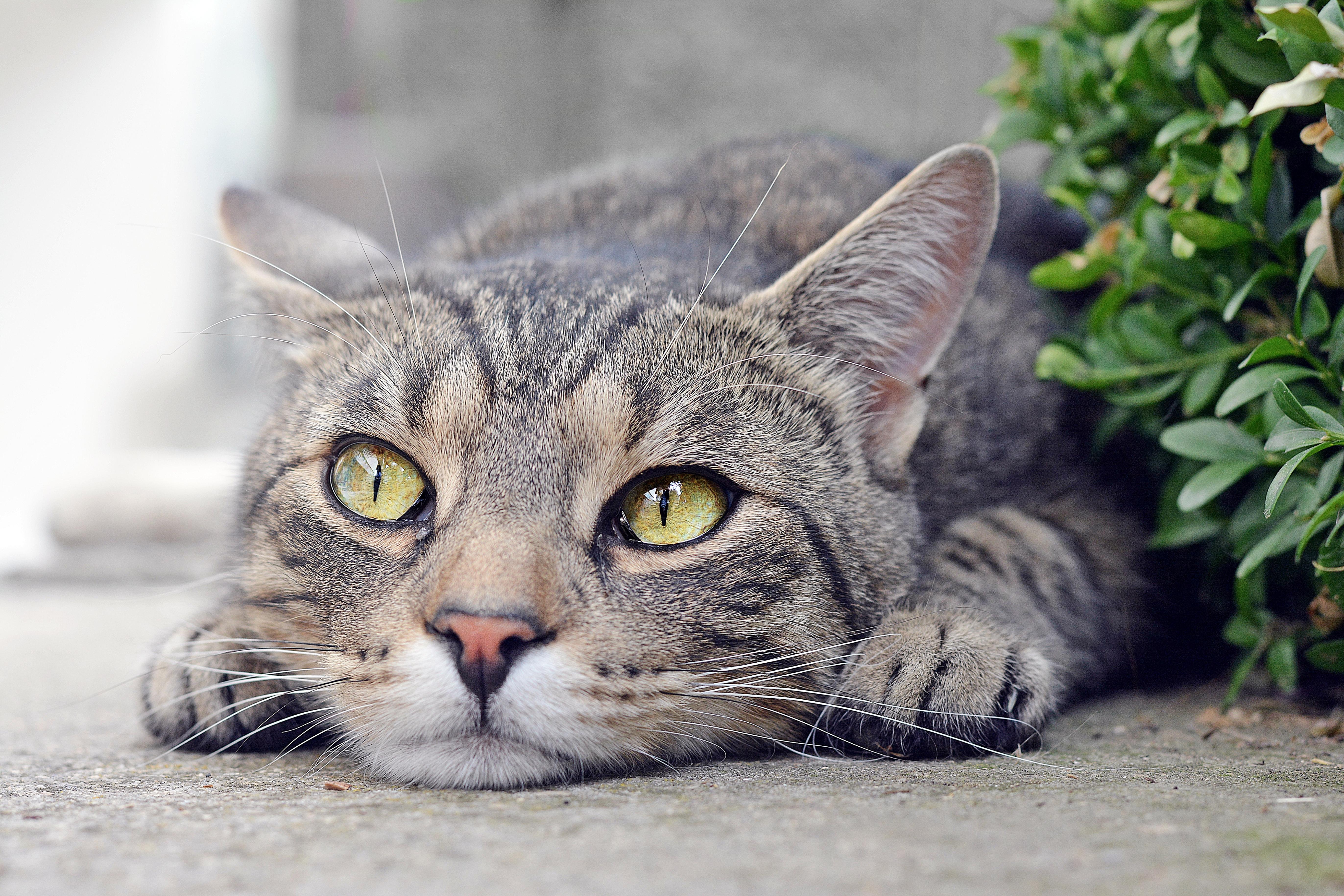
As we conclude our exploration of the 10 enchanting secrets of feline feelers, it is clear that whiskers are far more than mere adornments. These remarkable sensory organs play a critical role in a cat's ability to navigate its environment, communicate with others, and express its emotions. From their intricate anatomy and sensory capabilities to their evolutionary significance and role in human interaction, whiskers are a testament to the complex and multifaceted nature of feline biology.
By understanding the marvels of feline whiskers, we gain a deeper appreciation for the unique adaptations that have enabled cats to thrive in diverse environments. This knowledge not only enhances our understanding of these enigmatic creatures but also enriches our relationships with them, fostering a greater sense of empathy and respect. As we continue to learn about the wonders of whiskers, we are reminded of the intricate beauty and complexity of the natural world, inspiring us to cherish and protect the animals that share our lives.







